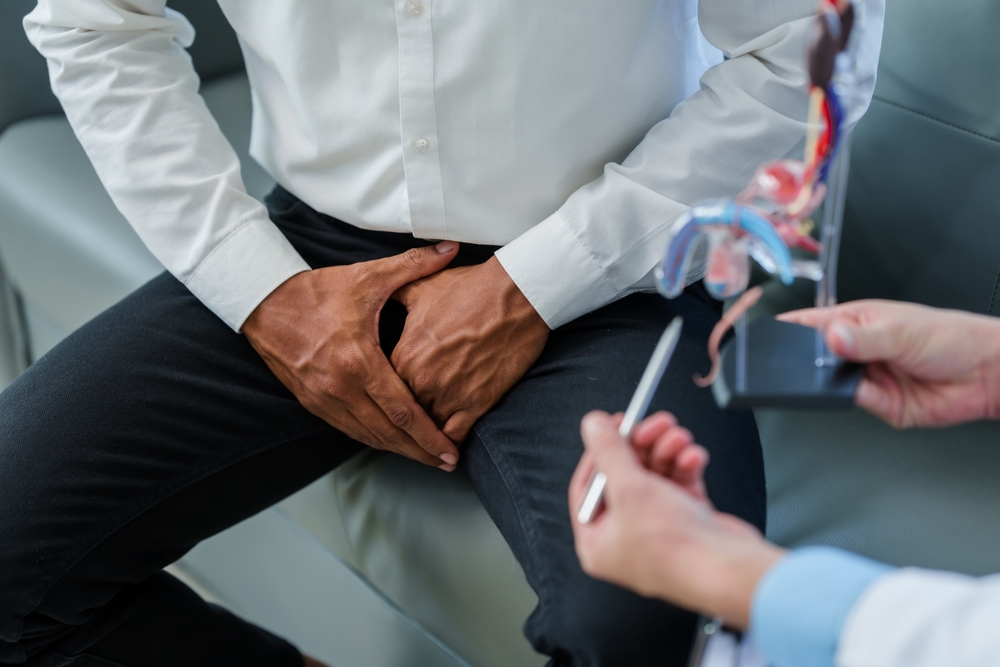
This biopsy, guided by transrectal ultrasound (TRUS), involves taking samples of prostate tissue for pathological examination. Prostate biopsy is crucial for the early detection and treatment planning of prostate cancer.
A prostate biopsy is a diagnostic method used to collect tissue samples from abnormal areas of the prostate gland. This procedure is typically performed under the guidance of transrectal ultrasound (TRUS). TRUS provides detailed images of the prostate, aiding in the accurate placement of the biopsy needle. During the biopsy, fine needles are used to take tissue samples from various parts of the prostate, which are then examined under a microscope.
The primary purpose of a prostate biopsy is to diagnose prostate cancer. Suspicion of prostate cancer usually arises from elevated prostate-specific antigen (PSA) levels or abnormal findings during a digital rectal exam (DRE). The biopsy confirms or rules out these suspicions. Early detection of prostate cancer, which is highly treatable, makes prostate biopsy a critical procedure.
Prostate biopsy is usually performed in a clinical setting under local anesthesia. First, a TRUS probe is inserted into the rectum to obtain images of the prostate. These images help guide the biopsy needle to the precise locations. The surgeon uses fine needles to collect tissue samples from various parts of the prostate. Typically, 10 to 12 samples are taken, though more may be needed in some cases.
The procedure generally takes 20-30 minutes, and patients are usually discharged the same day. After the biopsy, patients may experience mild pain, blood in the urine, or rectal bleeding, which typically resolves within a few days. Due to the risk of infection following the biopsy, patients are usually prescribed antibiotics. The collected tissue samples are sent to a laboratory for pathological examination, and results are typically available within a few days.
The biggest advantage of a prostate biopsy is its ability to enable early detection of prostate cancer. This procedure identifies abnormal cells in prostate tissue, providing accurate and early diagnosis. Early detection of prostate cancer, which is highly treatable, helps patients receive appropriate treatment plans. Additionally, biopsy results provide important information about the grade and extent of cancer.
However, prostate biopsy also carries certain risks and complications. Post-biopsy, patients may experience infection, bleeding, and urinary complications. In some cases, additional biopsies may be needed if the initial samples are insufficient. Patients should closely monitor their symptoms after the biopsy and contact their doctor immediately if they notice any abnormalities. All risks and complications should be thoroughly discussed with the surgeon before the biopsy.
After a prostate biopsy, it is crucial for patients to monitor their symptoms and follow their doctor's instructions. Mild pain, blood in the urine, or rectal bleeding is normal after the biopsy, but these symptoms usually resolve within a few days. Patients should take prescribed antibiotics regularly to reduce the risk of infection.
Additionally, patients should rest and avoid heavy physical activities after the biopsy. Drinking plenty of water can help flush out blood from the urinary tract. Biopsy results are typically available within a few days and play a critical role in forming a treatment plan. Regular follow-ups and doctor visits after a prostate biopsy are necessary to monitor the patient's health and optimize the treatment process. For more detailed information, please contact EMPCLINICS.
Prostate biopsy may not be recommended for individuals with active urinary tract infections, severe rectal diseases, or bleeding disorders. In such cases, your doctor may suggest alternative diagnostic methods.
Avoid heavy physical activities and exercise for the first few days. Gradually return to normal activities and follow your doctor's recommendations.
No. A prostate biopsy is usually performed on an outpatient basis and does not require a hospital stay. You can usually go home a few hours after the procedure.